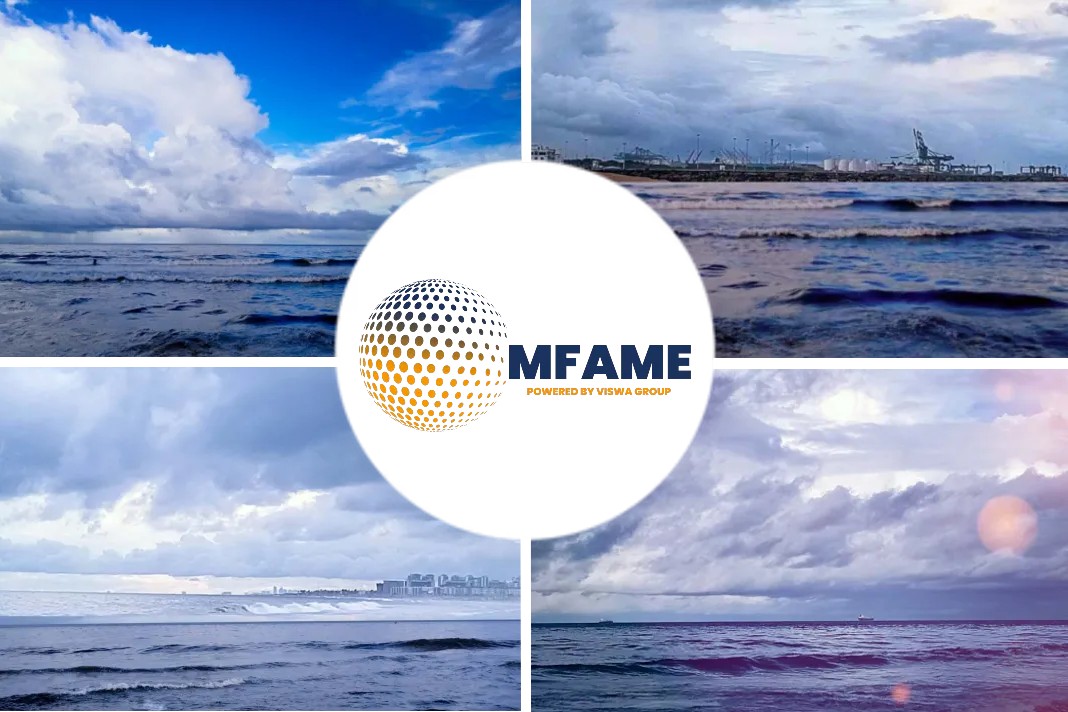- Korea East-West Power raises December LSFO purchases
- Coal plants shut down will trigger LSFO demand which eventually result in higher purchase
- IMO 2020 transition, local ECAs spur LSFO demand
- Refiners’ run cuts support 0.5% sulfur marine fuel prices
According to a Platts report, the planned shutdown of some coal-fired power plants in South Korea is likely to propel low sulfur fuel oil demand, which has already seen an increase due to stricter environmental rules in international shipping as well as the implementation of emission control areas in the country, industry sources said.
What is it?
South Korea plans to idle nearly 16 out of 60 coal-fired power plants for three months starting December, to help reduce air pollution. As a result, the country’s power companies would rely heavily on cleaner fuels like LSFO to generate power, an official at Korea Petroleum Association said.
A total of 9 to 16 coal-fired power plants will be shut from Dec. 1 to Feb. 28 as part of efforts to reduce fine dust emissions in the winter period, the Ministry of Trade, Industry and Energy said in a statement Nov. 26.
Demand for LSFO will likely be further accentuated by “winter time, power plant demand,” a trading source familiar with Singapore-South Korea fuel trades said.
South Korea’s winter season usually runs from December to February.
Increase in LSFO Purchase To Affect Market?
Reflecting the increased demand, Korea East-West Power Co. has already raised its purchase of LSFO for December. The power company bought a total of 69,000 mt of LSFO with maximum 0.3% sulfur for delivery in December to the Ulsan power plant, up 81.6% from November, while it did not buy LSFO in December 2019, according to tender documents.
“It [the purchase] is due to the South Korean government’s policy that is trying to reduce dust emissions from coal power plants. Some of the coal power plants are running at restricted capacity and some of them have stopped during winter. Therefore, other power plants including fuel [oil] power plants have to take over that place,” a source at Korea East-West Power told S&P Global Platts.
IMO Sulphur Cap Transition Impact
The transition to the International Maritime Organization’s global low sulfur mandate rule has been fairly smooth in South Korea and other Asian countries, sources said.
Under Emission Control Area, or ECA, restrictions, South Korea, from Sept. 1, made it mandatory to use fuel with maximum 0.1% sulfur content while berthing and anchoring for a stipulated time. Vessels will be required to use maximum 0.1% sulfur fuel 1 hour after completion of berthing until 1 hour before de-berthing, and 1 hour after completion of anchoring until 1 hour before leaving anchor.
The restrictions apply to ports and areas such as Incheon, Yeosu, Busan and the Ulsan area.
The “ECA has impacted us,” a South Korea-based shipowner source said, adding that from September, they had to use a larger quantity of “expensive oil,” to comply with local rules.
But sources said that a more significant impact will likely be felt in 2022, when it will be mandatory to use fuel with maximum 0.1% sulfur content while navigating the emission control areas.
Price Rise Capped
In South Korea, refiners have been operating at reduced rates due to low margins for gasoline and middle distillates, even though margins for those products have recovered since early December.
In the downstream marine fuel market, supply of LSFO from local refiners was tight and is expected to be capped going into Q1 due to refiners’ run cuts.
This was also reflected in prices. The delivered Marine Fuel 0.5% sulfur price at the port of Busan averaged $415.29/mt over Dec. 1-17, compared to an average of $363.81/mt in November, Platts data showed.
Still, a bunker trader said any significant gains in marine fuel prices will be capped unless international trade, which has been hammered due to the global coronavirus pandemic, picks up in a big way.
Power plants’ rising demand for cleaner fuels will likely have limited impact on the bunker market “as the power plants’ LSFO spec is somewhat different from the VLSFO for bunkers,” he said.
“Until 2019, we supplied 0.3% sulfur fuel oil to power plants at a higher premium than that to the bunker market. But since 2020, most of the low sulfur fuel oil components have gone to the bunkering market, instead of power plants,” a South Korean refiner said.
Did you subscribe to our daily newsletter?
It’s Free! Click here to Subscribe!
Source: Platts






















